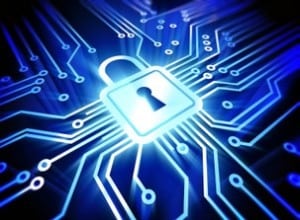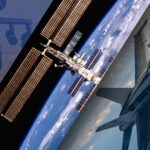
The United States is still in the discussion phase of whether space systems should be considered a critical infrastructure sector, while adversary China reportedly tested a nuclear-capable hypersonic missile, Dawn Beyer, Lockheed Martin [LMT] senior fellow, said Tuesday during the Value of Space Summit hosted by Space ISAC and The Aerospace Corporation. “I’m surprised that the United States is still talking about whether or not space should be part of the critical infrastructure — I don’t think our adversaries are struggling with…

 By
By 








